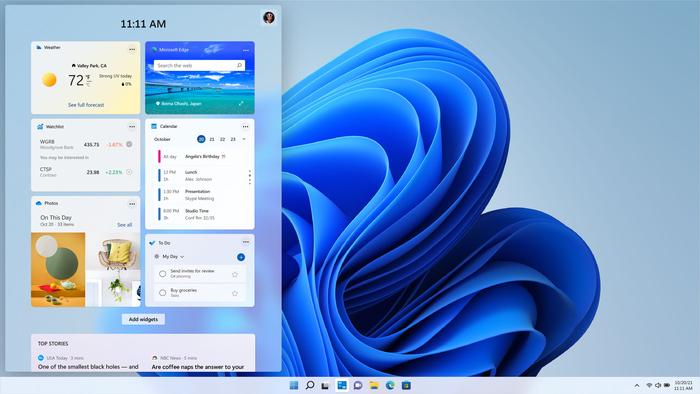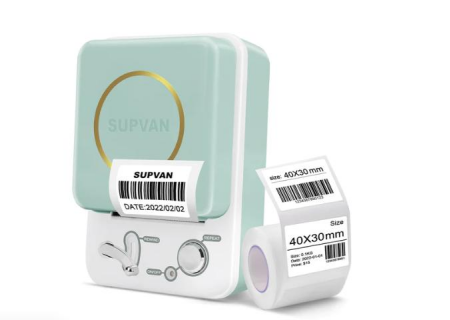6 ways to simplify using Windows 11
Windows 11 launched last October as a free upgrade for eligible users with rollouts continuing into this year. People with newer machines had priority but there were ways to skip ahead in the line. The transition from Windows 10 to 11 hasn’t exactly been seamless, from hardware requirements to various bugs.
Recently, laptop users who upgraded their operating system to Windows 11 have been encountering a driver problem that causes a certain process to use much more memory than it needs to. Tap or click here to check out our report and some possible fixes.
Previous Windows users may also find problems with features they were accustomed to. Some things work differently with the new OS. We’re here to help you make the adjustment.
1. Where did all my right-click options go?
Right-clicking in most apps and files in previous versions of Windows gives you contextual options depending on where you click. You can get options for cut, copy, paste, pin to Start, create a shortcut, undo, emoji, send to and more.
Things can get a bit cluttered with this style of menu. Windows 11 swapped in an abbreviated context menu. While it may be easier to navigate, you may miss on some options you’d normally see, especially with third-party apps.
Tech news that matters to you, daily
Privacy, security, the latest trends and the info you need to live your best digital life.
To get the full list of options, click Show more options at the bottom of the menu or press Shift + F10.

RELATED: 7 new tips and tricks to make Windows 11 more useful
2. Bring back Action Center (sort of)
In Windows 10, the Action Center can be found by clicking the Action Center icon in the taskbar, which looks like a dialogue box. This is where you can view notifications and take any needed actions if something goes wrong with your hardware or software. You’ll get security and maintenance messages here as well.
Windows 11 has moved the Action Center to a Quick Settings panel. This gives you easy access to commonly used settings and apps. You can add or remove quick settings to your liking.
To Access Quick Settings, select the battery, network, or volume icon to open the Quick Settings panel. You can also press the Windows logo key + R. Select the Edit quick settings icon, which looks like a pencil, to add or remove a quick setting.
3. Changing default apps used to be so much easier
In Windows 10, you can easily change default apps by going to Start > Settings > Apps > Default apps. You can then click to change the default apps used for email, maps, music, videos and photos browser, among other options.
It’s a bit more complicated in Windows 11. Here’s how:
RELATED: How to change the default browser and search engine on Mac
4. I didn’t need widgets then …
Widgets let you check updates and information from your apps, websites and devices at a glance, so you don’t have to keep opening and switching between them. You can add or subtract widgets to your liking and even change their size. Though useful, the widgets panel can be intrusive.
If you’re not a fan of Windows 11 widgets and want to remove the widgets button from your taskbar, simply right-click the widgets button and select Hide from taskbar.
Want to disable widgets? You can do that as well:
RELATED: Can’t find the Start menu after the latest Windows update? You’re not alone
5. The Start button isn’t where I left it
We’re used to having the Start menu on the lower-left of the screen for some time. Windows 11 centers the Start button and taskbar icons. This can take some getting used to, but you can move it back to the familiar spot in just a few steps:
6. These icons can go away
As with widgets, you can get rid of icons you don’t want to keep in the taskbar. The steps are the same:
You may also like: 5 best Windows 11 utilities to get more out of your PC








